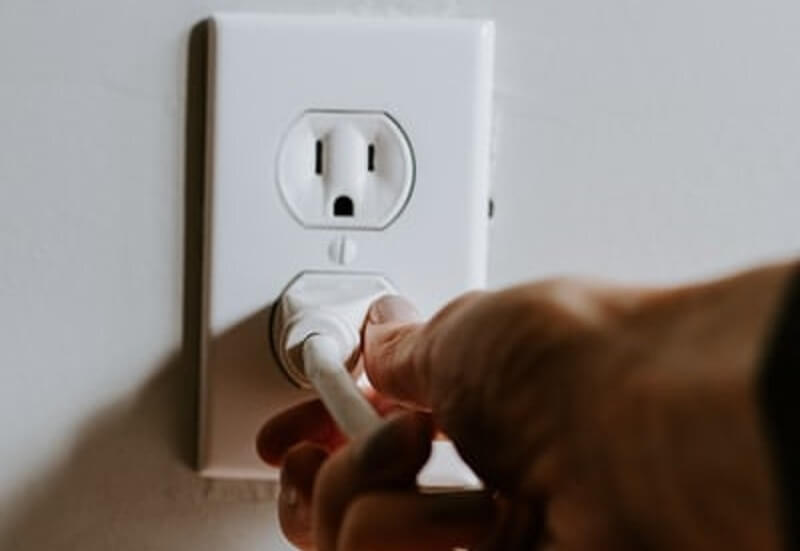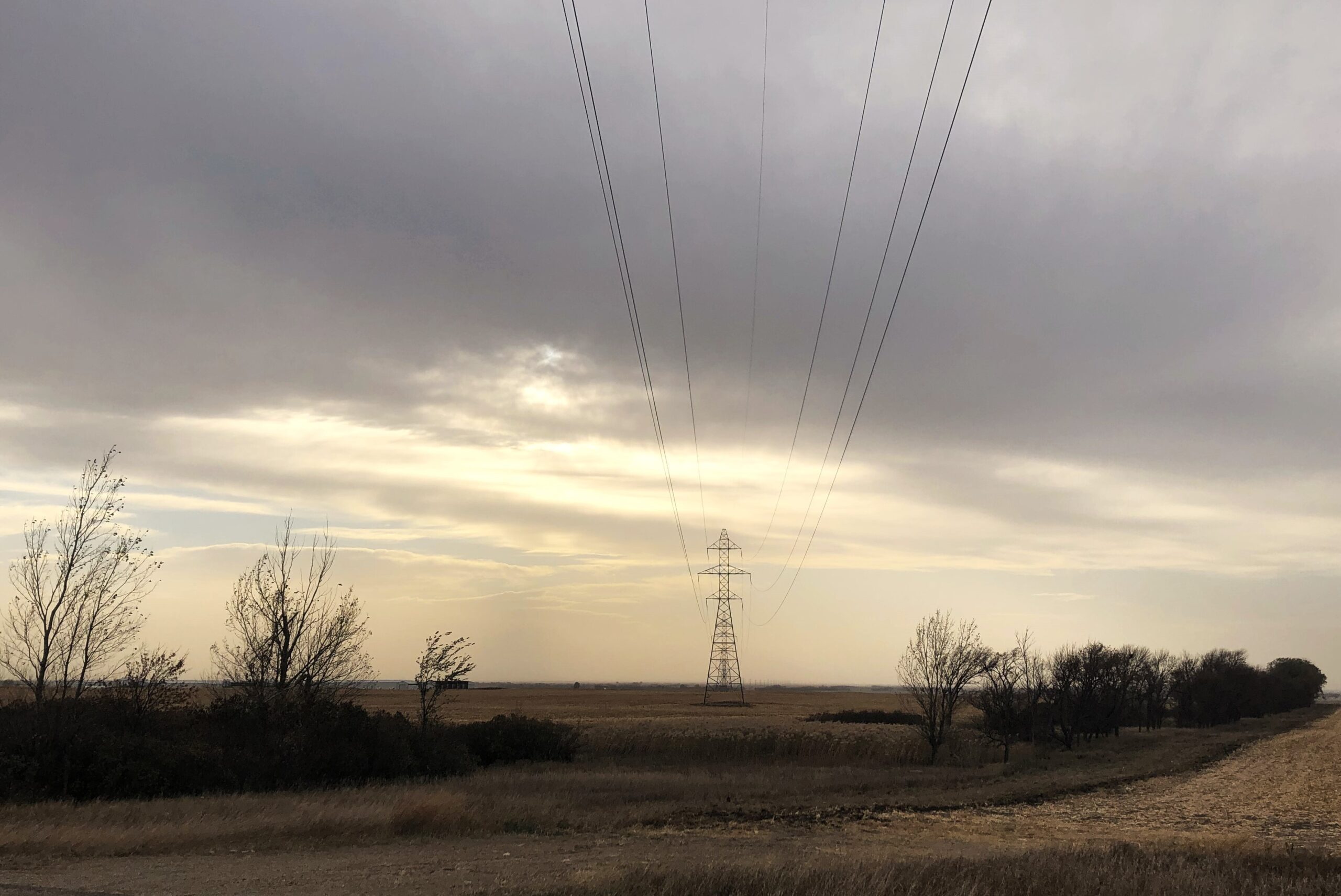
By Laurel Peltier
The writer is the founder of the Energy Supplier Reform Coalition and an AARP Maryland advocacy volunteer.
The first time I saw a sky-high, Retail Choice price printed on a BGE bill was in August 2016.
A friend had asked me to check out his BGE bill — he said it seemed expensive. Turns out, he had paid an extra $716 in one year for leaving BGE’s electricity supply and switching to a “renewable” plan with a third-party supplier. Thinking he had agreed to pay a slight premium to help our climate, he didn’t know that buried in the fine print of his lengthy contract were terms that after a three-month “promo” rate expired, his electricity price would quietly convert to a variable rate with no caps.
As a result, when his teaser rate ended, he paid 14¢ per kilowatt hour as compared to BGE’s 9¢. No notice of the rate change was required. The supplier’s rates, which were 55% more than BGE’s, were printed on his BGE bill, but it’s a confusing bill. And it’s all legal.
That is how I discovered Maryland’s 1999 Electric Choice Act was quietly wreaking havoc on residential utility bills.
Since then, I’ve been in the trenches advocating for reform to Maryland’s Retail Choice. And this is not just a Maryland problem: The Wall Street Journal reported earlier this year that Retail Choice has cost American families $19.2 billion since 2010.
Many have said to me, “Maryland can’t put the genie back in the lamp.” Yet conclusive and extensive data makes it clear — Retail Choice costs Maryland families more for home energy and it’s harming our state’s most vulnerable residents.
It should come as no surprise that the deregulated energy industry is hard-at-work to expand Retail Choice in Maryland, even suggesting we copy the Texas model.
Today, 13 states and Washington, D.C., offer Retail Choice, with close to 30% of home electricity sold by deregulated third-party energy suppliers.
Commercial and residential customers all pay their local regulated utility for getting energy delivered to our homes and businesses — the power lines, outages, and billing. In Maryland, we have two choices for who supplies our electricity and natural gas: a local and regulated utility (BGE and Pepco are examples) or one of 70 deregulated third-party suppliers such as NRG, IDT Energy or Constellation.
Since 1999, Maryland’s commercial customers have largely shifted to Retail Choice and consistently save about 20%. But commercial customers are sophisticated energy buyers with experts constantly analyzing their energy usage and supplier options (think of Lockheed Martin and Johns Hopkins).
As Aladdin found out, magic often comes with a cost for the little guy. In Maryland that cost is $700 million that Maryland families have paid over their regulated utility prices since 2014 to choose deregulated Retail Choice electricity and gas. If nothing else, the past 20 years has taught us that residential energy buyers are not the same as savvier commercial customers.
In reality, the burden of Maryland’s Retail Choice law, which placed no limits on pricing levels and added fees, is falling on Maryland’s low-income households in urban areas.
A 2018 Abell Foundation report that Arjun Makhijani and I authored shows how Maryland’s most cash-strapped families — mostly seniors on fixed incomes and residents living in communities of color — choose Retail Choice supply more and pay significantly higher prices for the same home energy. On average, they pay $650 more a year. As you can imagine this causes past-due arrearages and trips to state energy assistance to avoid terminations.
Even during the pandemic, Retail Choice prices charged to low-income families were 70% more for electricity and 85% more for natural gas.
I know this because I’m part of a team at GEDCO CARES community center in Baltimore City working directly with the families fleeced by the third-party energy door salesmen making the rounds in Baltimore City neighborhoods. The Maryland Public Service Commission enrollment data suggests that about 70% of the 150,000 new residential Retail Choice sales in 2020 were at someone’s door, or at a retail store.
More recent analysis by the PSC on door-to-door sales backed up exactly what we have found at CARES. In Maryland’s 18 lower income zip codes, mostly communities of color in Baltimore, 18 to 21 different third-party energy suppliers were banging on doors and out in the community selling “cheaper” energy. It’s hard to police that many individual transactions.
This proven hyper-focus in Baltimore may explain why the Baltimore metro area is ranked No. 1 in the country for the highest home energy burdens for low-income residents.
For Maryland families receiving state energy assistance, the 2021 General Assembly took a decisive step and passed a new consumer protection law (SB31/HB397). By 2023, families that receive energy assistance grants and are enrolled in Retail Choice will not pay rates above their area’s regulated utility’s rates. This law will reduce the waste of taxpayers’ dollars while also protecting families that on average earn only $16,000 a year.
But even with these new consumer and taxpayer protections, there’s a home energy storm brewing on the horizon. SB31/HB397 only protects families on state energy assistance — a sliver of the 404,000 residential customers enrolled in Retail Choice today.
And, as reported by Maryland Matters, NRG, the largest residential Retail Choice supplier in the country, is hard-at-work urging Maryland to adopt the Texas model (the same model we saw at work last winter) under which all 2.3 million Maryland residential customers would “choose” Retail Choice plans.
The Wall Street Journal reported that Texan Retail Choice families paid $28 billion more for home energy than their regulated neighbors since 2004. And their electricity system froze in February 2021 to boot, as we all watched live on television.
On Monday, Retail Choice experts from Texas, New York and Illinois will be reporting their state’s residential results, challenges, and solutions during a live webinar where they will discuss the situation in their states and the solutions, they see.
It’s time to acknowledge these truths and search for a new bottle for the genie.




 Creative Commons Attribution
Creative Commons Attribution